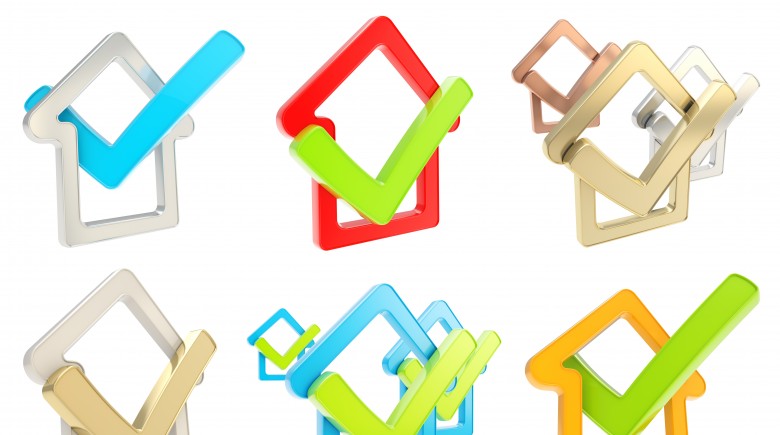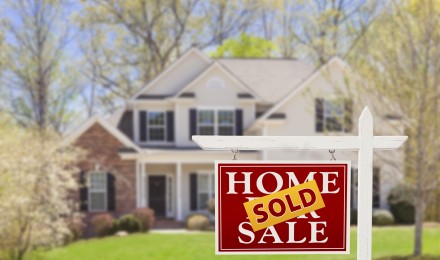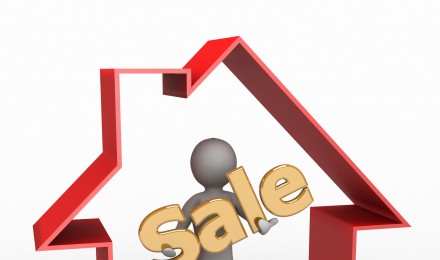The housing market continue to churn forward, as existing home sales increased to its highest activity level in more than three years, according the National Association of Realtors (NAR). The 0.6 percent increase in April represents an annual sales rate of 4.97 million units of previously owned homes—the most going back to November 2009.
The median for the 79 economists responding to the Bloomberg survey predicted a more aggressive pace of 4.99 million units. Estimates ranged from 4.85 million to 5.1 million. The NAR revised the sales pace for March to 4.94 million, up from 4.92 million units.
Housing sector gaining momentum
At the heart of the strengthening housing market historic low interest rates and more confidence in the job market. In addition, consumer spending remains a stabilizing influence and core prices are stable. Builders, home improvement retailers, mortgage lenders and real estate broker have received a lift from the momentum.
However, Brian Jones, the senior economist for Societe Generale (New York), claims that “too-low appraisals” and “strict lending rules” put a drag on sales. “There are more sales in the pipeline. They’re just taking more time to close,” said Jones.
Prices a concern
The NAR reports that the median price for an existing homes sale rose to $192,800, an1l percent gain in April compared to $173,700 at the same point in 2012. The increase makes it the highest median price for existing homes since August 2008.
Lawrence Yun, who is the chief economist for NAR expresses some reservations about the acceleration of home prices across the country. “The price increase at double digits is not healthy because incomes are rising at less than 2 percent.” Yun believes that the only way to “moderate the price growth” is to increase the supply of housing stock available on the market.
The percentage of first-time buyers fell to 29 percent compared to 35 percent the month before and 35 percent year-over-year.
Inventory watch
Overall, the housing inventory increased 11.9 percent in April to 2.16 million units, but still 14 percent less than last year. At the end of March the inventory fell to a depletion pace of 4.7 months compared to 5.2 months in April, based on NAR data. Homes stayed on the market an average of 90 days in April–up from 62 days the prior month.
Foreclosures and short sales transactions, as a percentage of existing home sales, decrease to 18%, which is the lowest level since October 2008.
Other NAR data
Three of the four regions realized sale gains. The South had a 2.0 percent increase, while existing home sales in the Midwest declined 3.4 percent.
To help put the recent existing home sales news in perspective: the housing indicator plummeted to a 13-year low of 4.11 million units in 2008 after hitting a peak of 7.08 million in 2005. The sale of previously owned homes accounted for 93 percent of the residential sales market in 2012.
The housing market continue to churn forward, as existing home sales increased to its highest activity level in more than three years, according the National Association of Realtors (NAR). The 0.6 percent increase in April represents an annual sales rate of 4.97 million units of previously owned homes—the most going back to November 2009.
The median for the 79 economists responding to the Bloomberg survey predicted a more aggressive pace of 4.99 million units. Estimates ranged from 4.85 million to 5.1 million. The NAR revised the sales pace for March to 4.94 million, up from 4.92 million units.
Housing sector gaining momentum
At the heart of the strengthening housing market historic low interest rates and more confidence in the job market. In addition, consumer spending remains a stabilizing influence and core prices are stable. Builders, home improvement retailers, mortgage lenders and real estate broker have received a lift from the momentum.
However, Brian Jones, the senior economist for Societe Generale (New York), claims that “too-low appraisals” and “strict lending rules” put a drag on sales. “There are more sales in the pipeline. They’re just taking more time to close,” said Jones.
Prices a concern
The NAR reports that the median price for an existing homes sale rose to $192,800, an1l percent gain in April compared to $173,700 at the same point in 2012. The increase makes it the highest median price for existing homes since August 2008.
Lawrence Yun, who is the chief economist for NAR expresses some reservations about the acceleration of home prices across the country. “The price increase at double digits is not healthy because incomes are rising at less than 2 percent.” Yun believes that the only way to “moderate the price growth” is to increase the supply of housing stock available on the market.
The percentage of first-time buyers fell to 29 percent compared to 35 percent the month before and 35 percent year-over-year.
Inventory watch
Overall, the housing inventory increased 11.9 percent in April to 2.16 million units, but still 14 percent less than last year. At the end of March the inventory fell to a depletion pace of 4.7 months compared to 5.2 months in April, based on NAR data. Homes stayed on the market an average of 90 days in April–up from 62 days the prior month.
Foreclosures and short sales transactions, as a percentage of existing home sales, decrease to 18%, which is the lowest level since October 2008.
Other NAR data
Three of the four regions realized sale gains. The South had a 2.0 percent increase, while existing home sales in the Midwest declined 3.4 percent.
To help put the recent existing home sales news in perspective: the housing indicator plummeted to a 13-year low of 4.11 million units in 2008 after hitting a peak of 7.08 million in 2005. The sale of previously owned homes accounted for 93 percent of the residential sales market in 2012.







